Affiliate links on Android Authority may earn us a commission. Learn more.
7 times Google was behind the curve with its Pixel phones
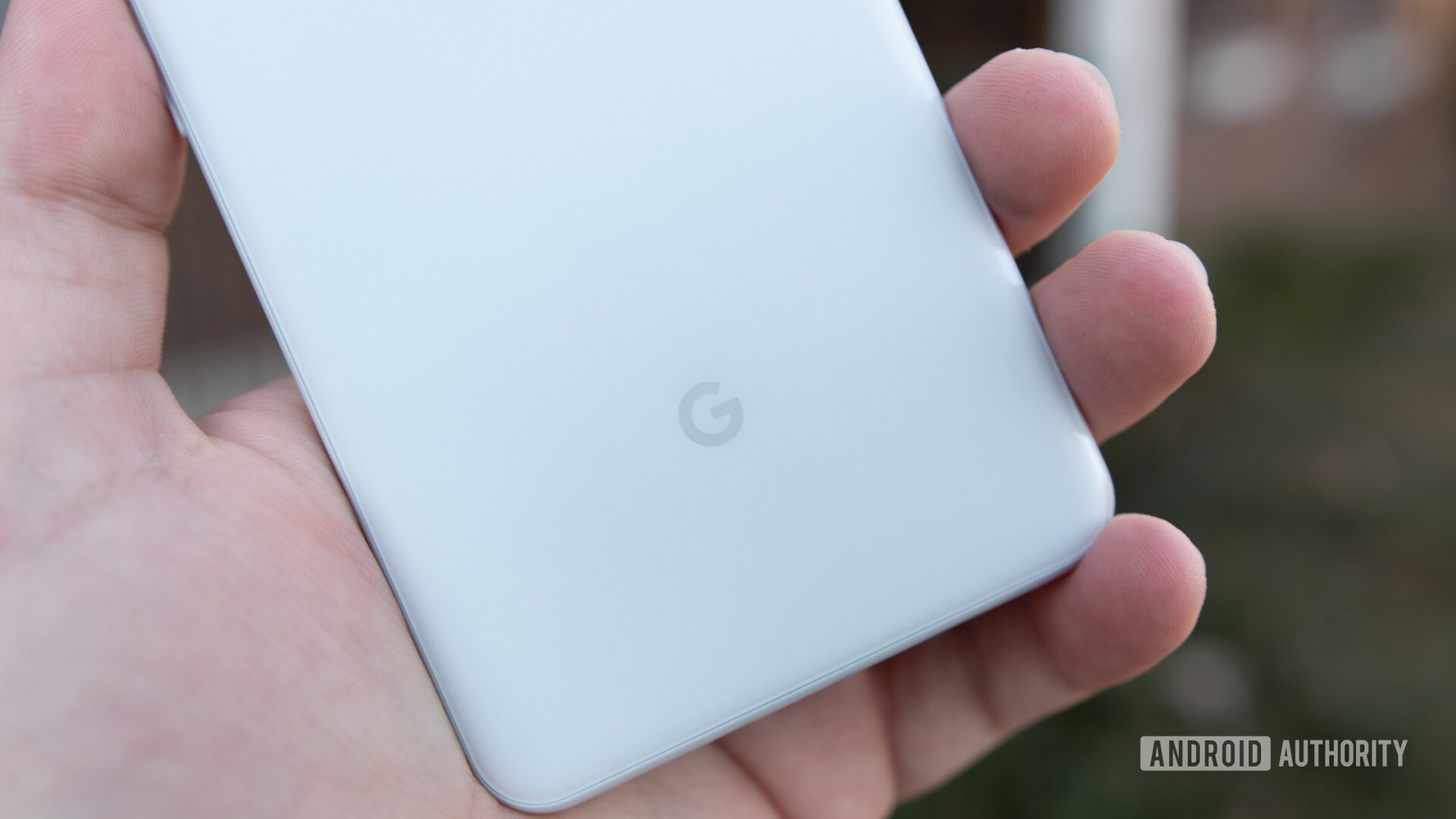
The Google Pixel phones represented a major shift for Google back in 2016, as the Mountain View company sought to take a bigger role in the design of its phones. The results have been pretty neat to say the least, as the phone series delivers top-notch camera quality and lean, clean software.
However, Google’s Pixel phones haven’t always been ahead of the curve, as the company has often been seriously late to the party with several ubiquitous features. Let’s take a look at a few times Google Pixel phones had questionable missing features.
1. Water resistance
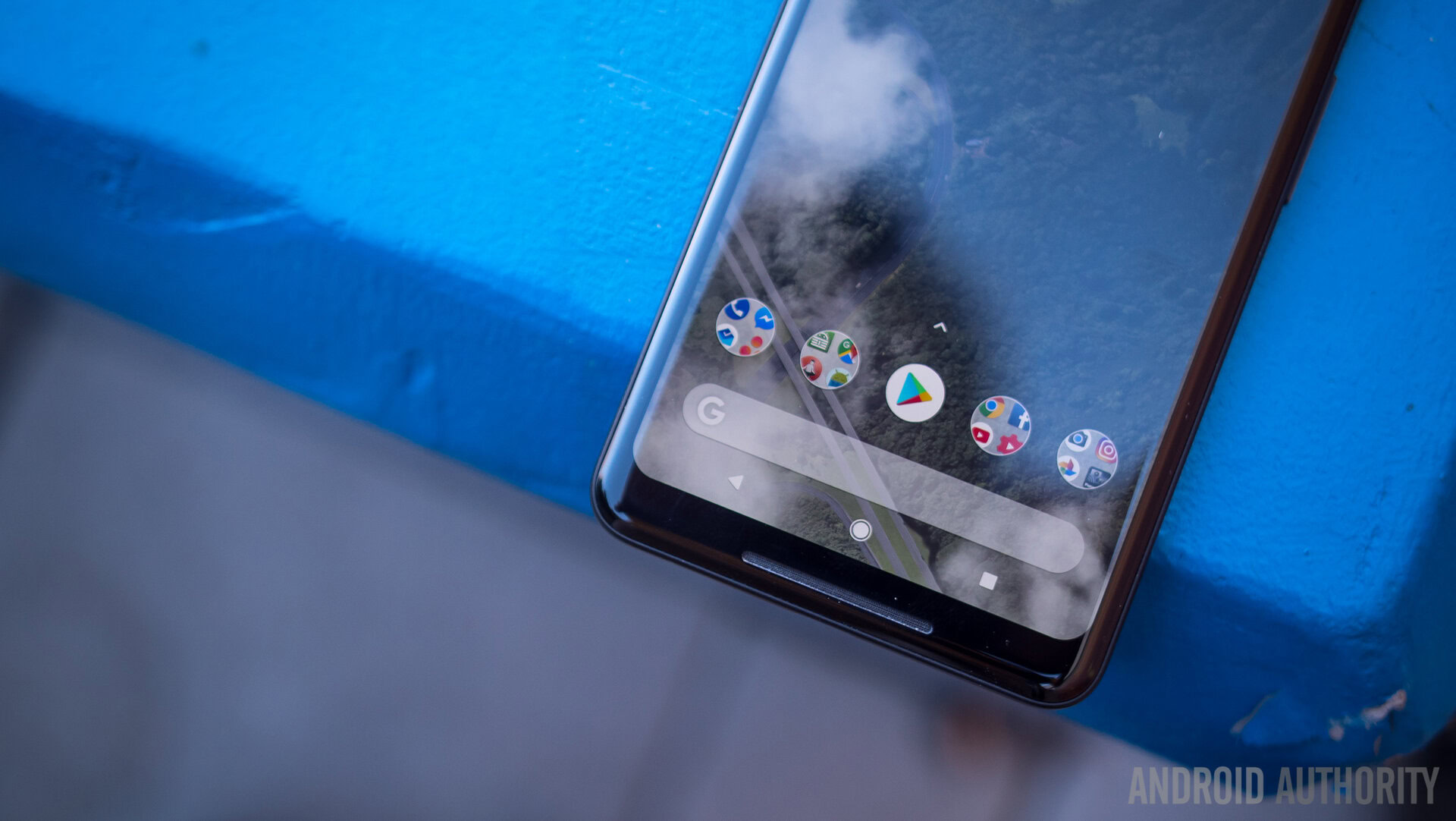
The original Google Pixel series was a landmark duo of phones for the firm. Gone was the beloved Nexus branding in favor of an all-new start. Google’s first Pixel had a great foundation, blowing competitors away with its camera chops and speedy updates, however, it wasn’t without a few missteps.
Dive deeper: Everything you need to know about IP and ATM ratings
One of Google’s biggest omissions for the first Pixels was water resistance. This wasn’t necessarily a dealbreaker (the phones had splash resistance), but the feature was quickly becoming a must-have in the eyes of consumers. After all, Samsung’s all-conquering Galaxy S7 series and Sony’s Xperia flagships at the time both offered robust ratings. Google would go on to implement IP67 water/dust resistance on the Pixel 2 series and IP68 on the Pixel 3.
2. Optical image stabilization
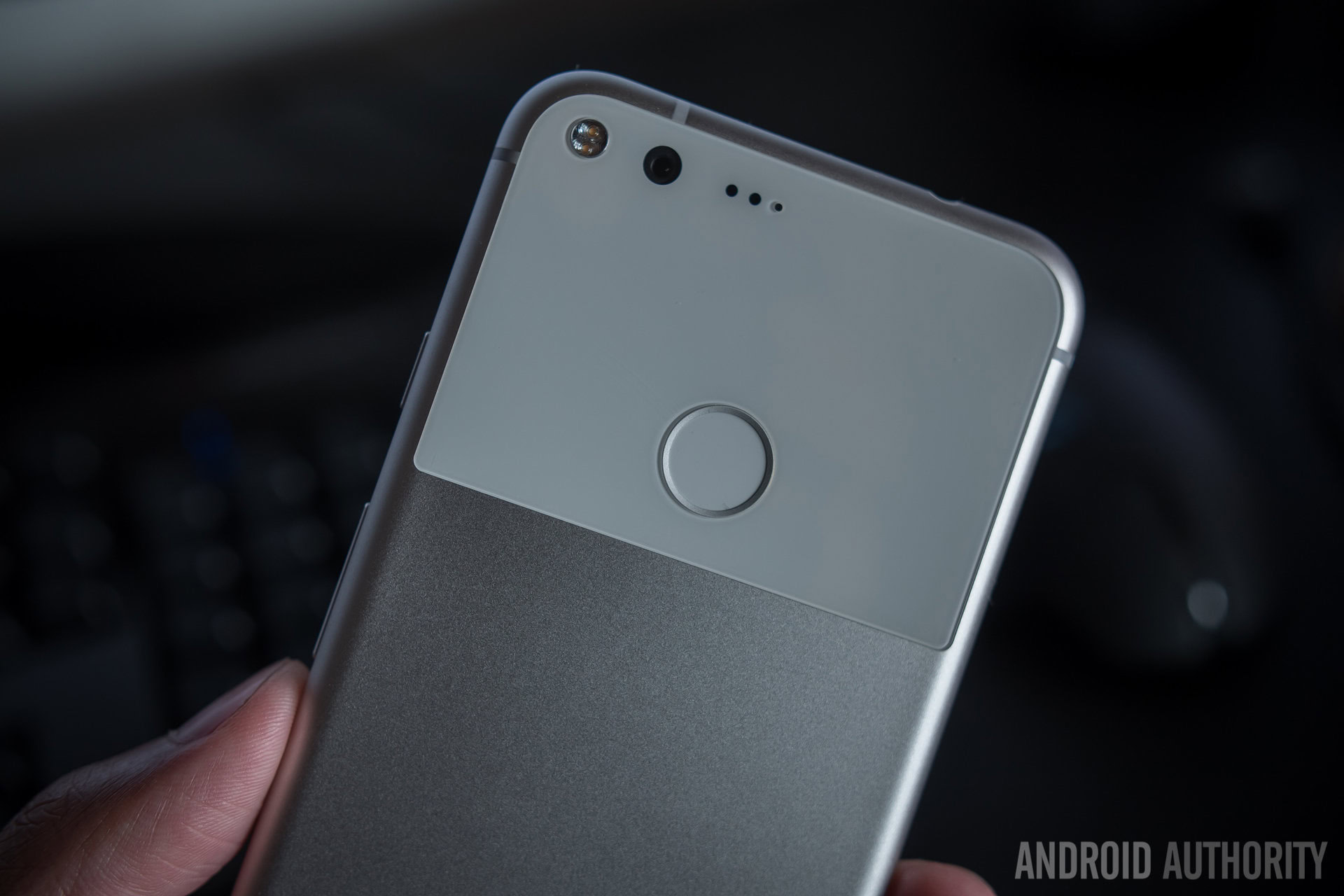
Another missed feature for the OG Pixel series was optical image stabilization, as the original phones only offered electronic image stabilization. The software-based approach to stabilization isn’t necessarily a bad thing (as Google’s solution was pretty solid), but OIS is generally superior and was offered by many flagships in 2016.
Google would later add the feature to the Pixel 2 series, combining it with electronic stabilization to deliver better video stability and reduce blur in low light.
3. Wireless charging
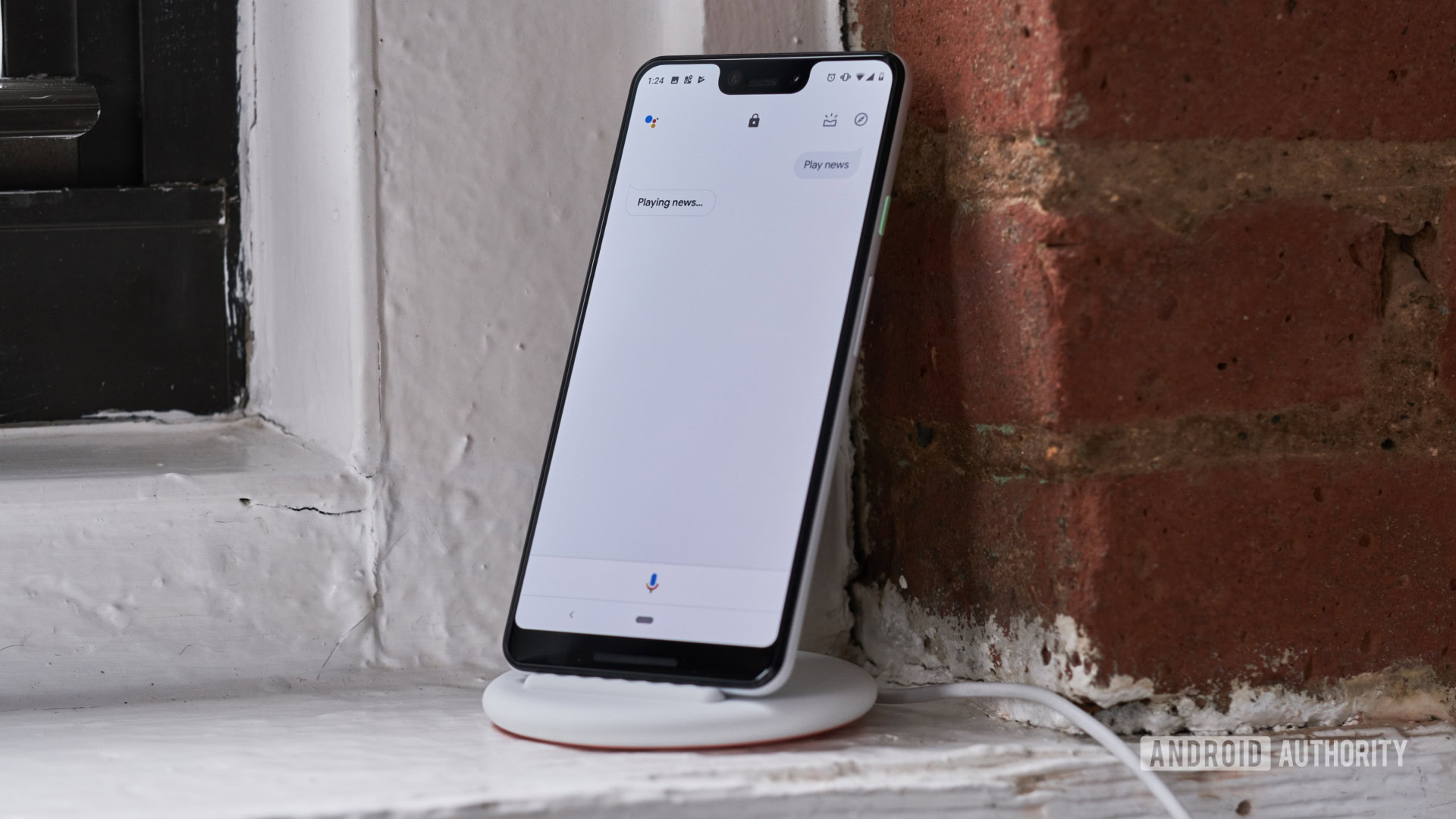
Wireless charging is available on plenty of flagship phones today, and we’ve even seen fast wireless charging emerge as an option. But this is another area where Google lagged behind, missing the feature on the original Pixel and the Pixel 2.
The Mountain View company would finally bring wireless charging to the Pixel 3 series, topping out at a solid 10W via the Pixel Stand. One of the big downsides however is that you’ll need to use the Pixel Stand for 10W charging, as there are few (if any) third-party charging pads that are compatible with Google’s faster speeds. Otherwise, you’re stuck charging at a rather slow 5W if you’re using a third-party pad.
Google has also lagged behind when it comes to fast wired charging, as the Pixel 3 hits a maximum speed of 18W. This isn’t bad, but we’re seeing speeds of 27W and higher from Huawei, Oppo, and Xiaomi.
4. 6GB of RAM
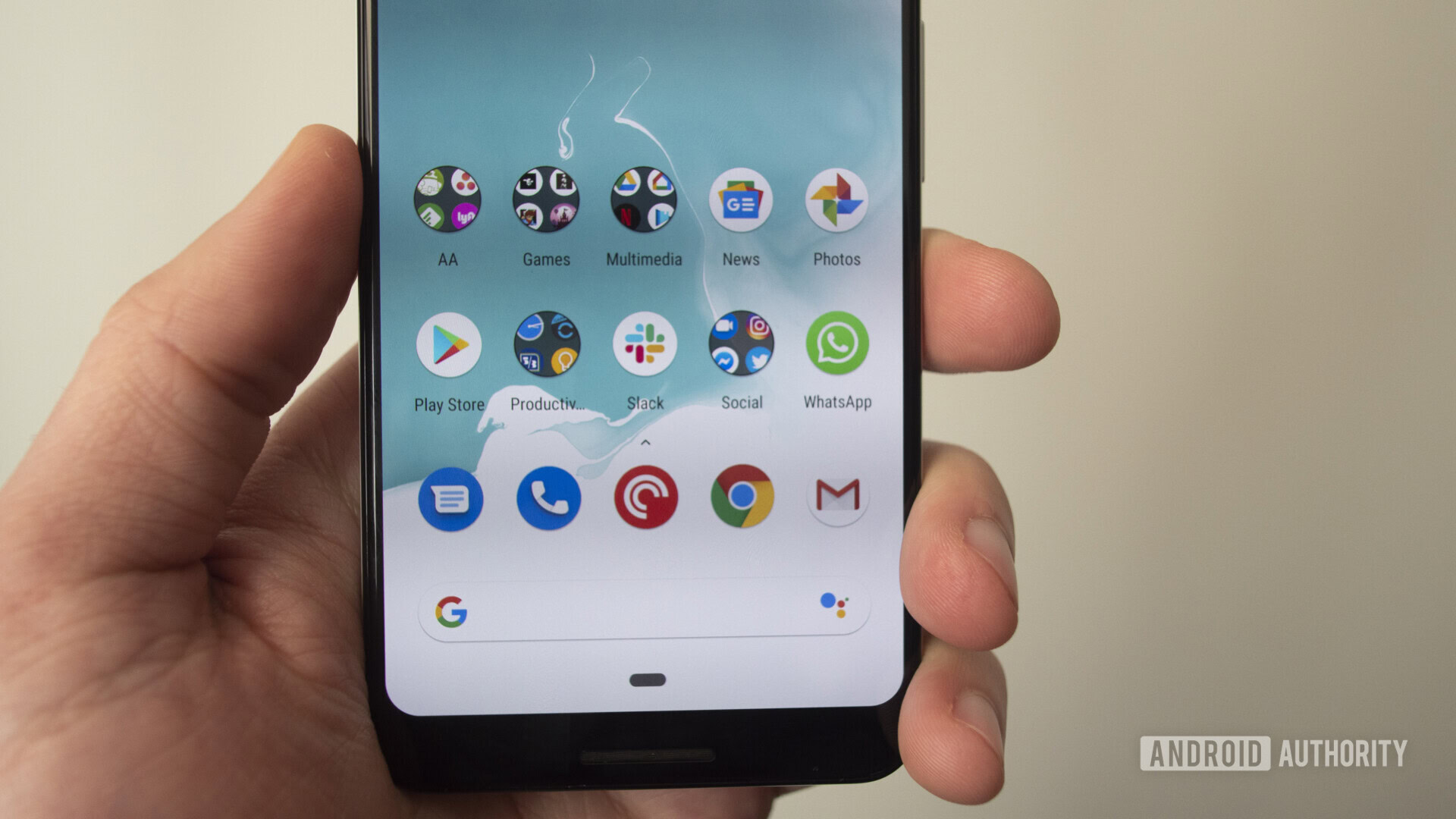
One of the more notable recent complaints about the Pixel series has been Google’s stubbornness about sticking with only 4GB of RAM. This isn’t simply a case of wanting more RAM for the sake of it, as the Pixel 3 series suffered from aggressive RAM management. This meant you could only keep a few apps open at any time, as the phone killed off any more apps deemed unnecessary.
More RAM would definitely be welcome in the future. After all, there loads of manufacturers offering more RAM on phones with much cheaper price tags. Thankfully, the latest Pixel 4 rumors suggest that 6GB of RAM is going to be an option.
5. Dual cameras
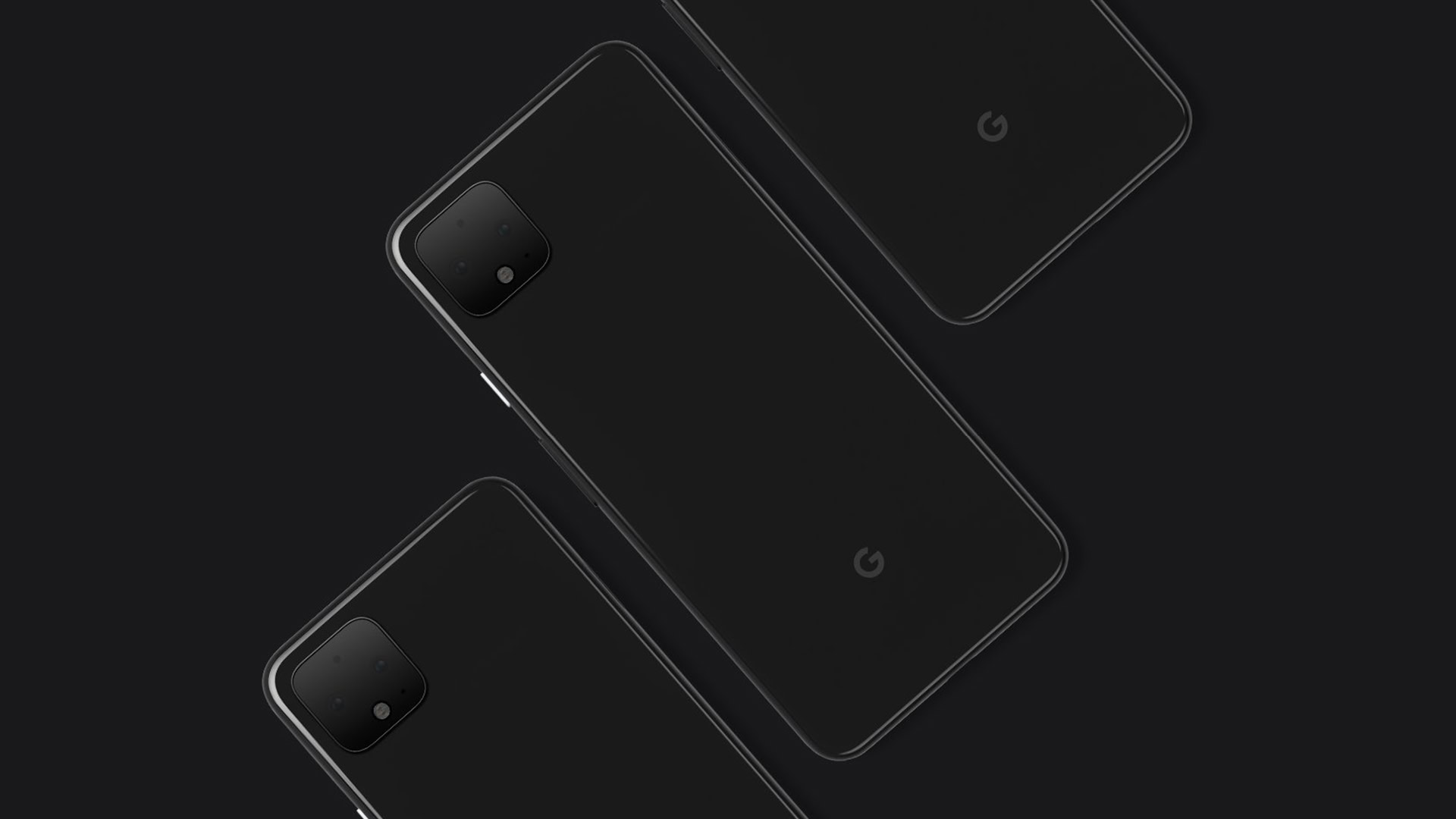
Google uses its Pixel phones as a computational photography showcase, delivering features like Night Sight, HDR+, software-based portrait mode, and Super Res Zoom. But there’s no denying that the search giant is ridiculously late to the multi-camera party.
Or rather, Google is late to the multiple rear camera party, as the Pixel 3 series offers two front cameras (standard and wide-angle). But the search giant has stuck with a lone 12MP rear camera since the first Pixel phone, even though dual camera phones like the LG G5, HUAWEI P9, and iPhone 7 Plus were already available in 2016. Heck, triple camera smartphones are now a major factor in today’s smartphone landscape.
Fortunately, the Pixel 4 looks like it will feature two rear cameras at the very least, suggesting that Google is finally ready to move beyond the solitary rear shooter.
6. A budget option
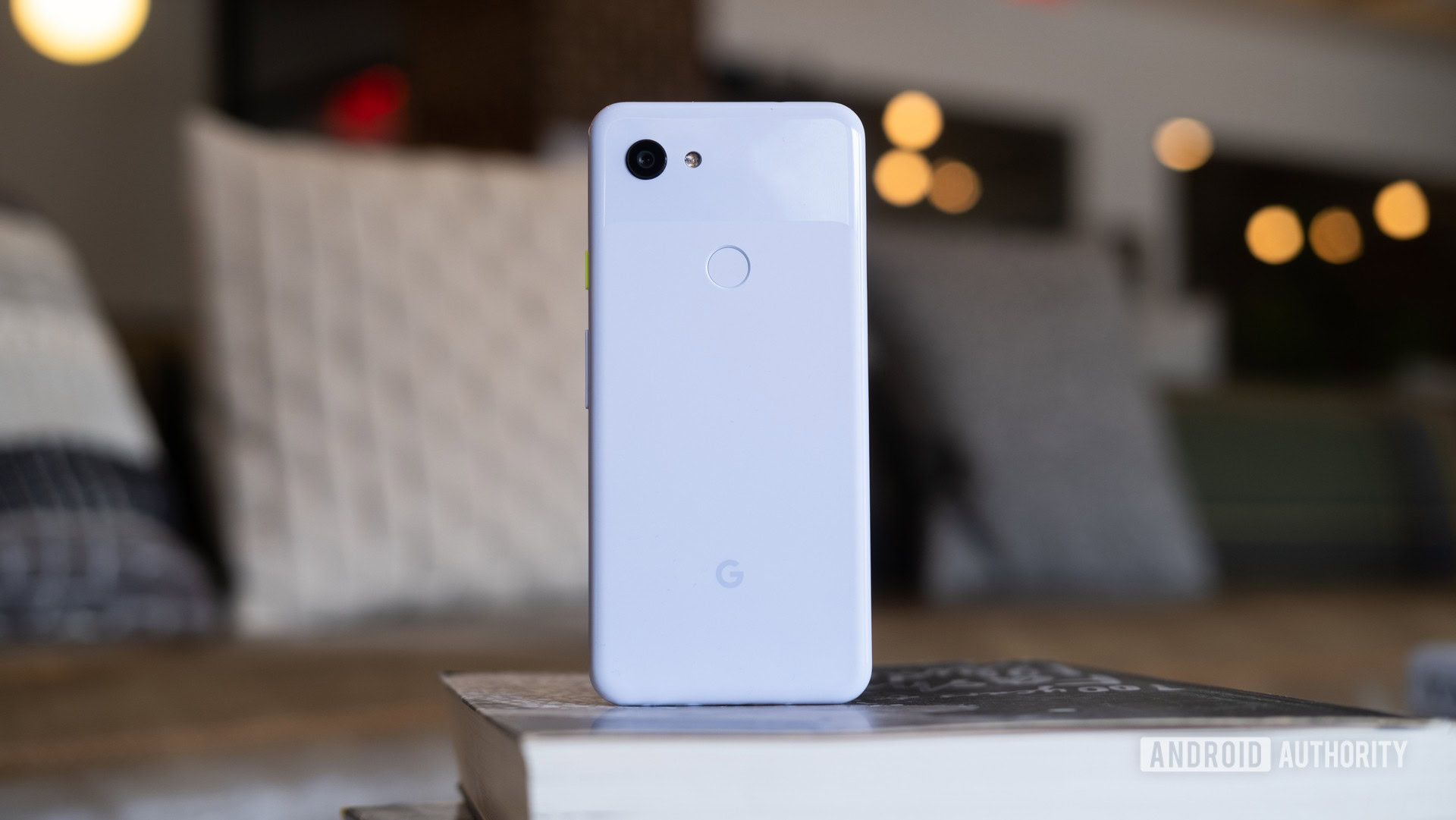
There was a brief time when Google’s Nexus phones came in at a budget price, with the Nexus 4 starting at $299 and the much-loved Nexus 5 starting at $349. The company went fully premium with its Pixel series though — a key factor behind low Pixel 3 sales, which have been disappointing by Google’s own admission.
Fortunately, Google finally got its act together and launched a budget-focused Pixel this year, dubbed the Pixel 3a series. Starting at just $399, the phones predictably make a few compromises, but we still have key Pixel features here, including that sublime Pixel software experience, brisk updates, excellent photo quality, and Active Edge for speedy access to Google Assistant. The Pixel 3a and Pixel 3a XL even have headphone jacks!
7. Face unlock
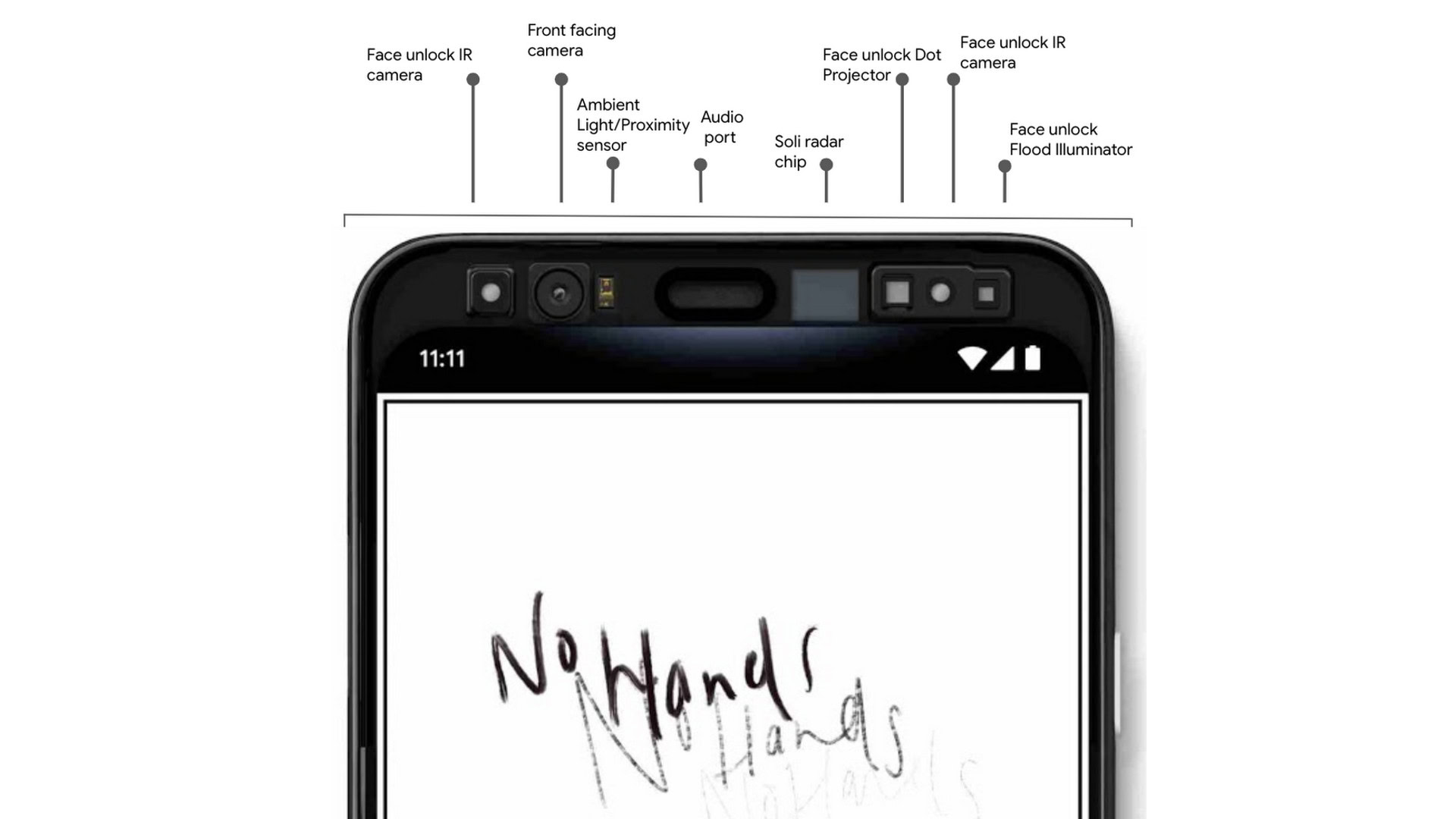
Google has announced that the Pixel 4 will offer 3D face unlock, which marks the first time the company has offered face unlock of any kind on its Pixel series. Up until now that’s been a disappointment, as the feature has been available on rival devices for a couple of years now as a quick and convenient authentication method.
It must be said that face unlock via selfie camera is one of the least secure authentication methods around, as you can circumvent the technology with a photo. We’re glad to see Google adopting the more advanced 3D option now that it’s finally jumped on this bandwagon.
Are there any other features Google missed with its Pixel series over the years? Let us know in the comments!